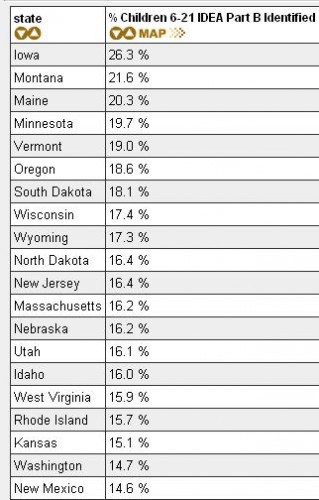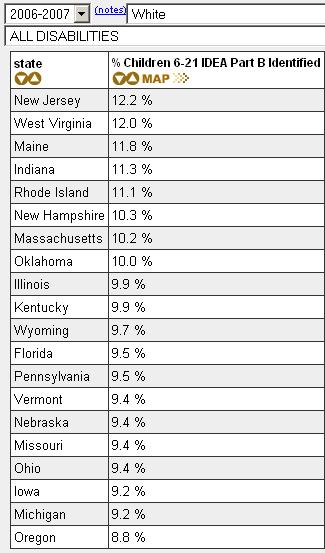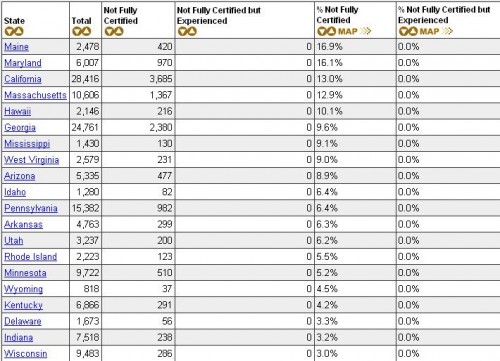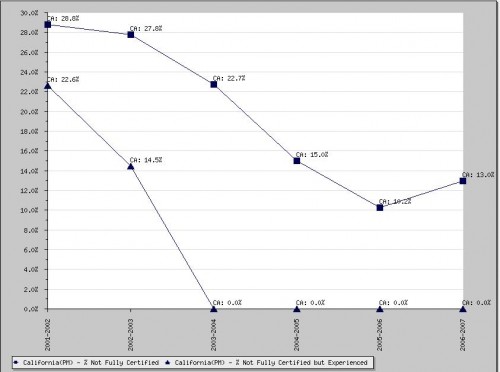
Last month we posted a clip of a group of Yankee fans taunting two teenage Red Sox fans by yelling a homophobic version of YMCA. In the comment thread, Amadi linked to another instance in which men mocked other men with reference to homosexuality in a sports context. At a football game between Eastlake North and Willoughby South High Schools (outside of Cleveland, Ohio), fans were recorded chanting “powder blue faggots!” across the field. The summary on youtube reports that the other side was chanting, in reply “Halloween homos!”
Video by Heather Ike; graphics, editing, captions, pictures, and screenshots added by Sean Chapin at Joe.My.God.
Thanks to Myaisha for the tip!
Lisa Wade, PhD is an Associate Professor at Tulane University. She is the author of American Hookup, a book about college sexual culture; a textbook about gender; and a forthcoming introductory text: Terrible Magnificent Sociology. You can follow her on Twitter and Instagram.













